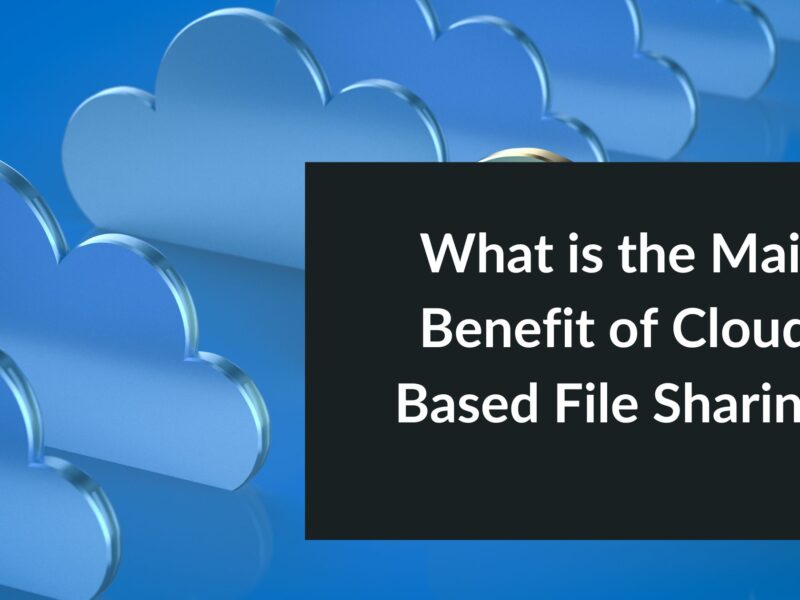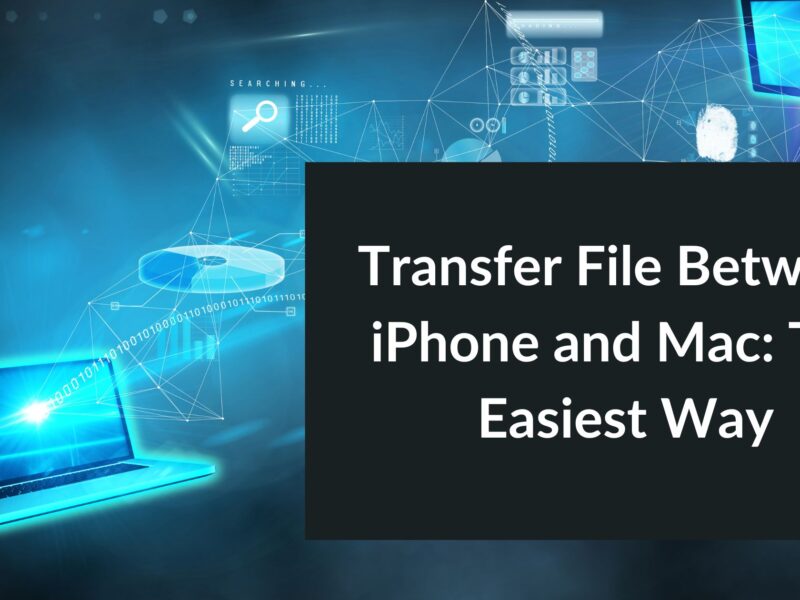Are you wondering about how to send large files via email? You are at the right place.
Sending large files through email can be a challenging task due to file size limitations imposed by email providers. Many email services have a maximum attachment size limit, typically ranging from 10MB to 25 MB. This limitation can be frustrating when trying to share files such as high-resolution images, videos, or large documents.
The main challenges of sending large files via email include:
- File size limitations: Email providers often have file size limits, preventing the sending or receiving of large files.
- Sending and receiving delays: Large files can take a long time to upload and download, leading to delays in sending and receiving emails.
- Email server constraints: Email servers may have limitations on the number of messages they can handle or the amount of storage space available.
- Incompatibility issues: Some file formats may not be supported or may become corrupted when sent via email.
To overcome these challenges, there are several alternative methods for sending large files. These methods include using file-sharing services, cloud storage solutions, or compressing files before sending. Each method has its advantages and disadvantages, so it’s essential to choose the one that best suits your needs.
For more information on how to send large files via email and the different methods available, check out the Email attachment Wikipedia page.
Cloud Storage Services
When it comes to sending large files via email, one convenient method is to use cloud storage services. These services allow you to upload your files to the cloud and then share them with others through a generated link. Here are a few popular cloud storage services that you can utilize:
1. Google Drive
With a Gmail account, you automatically receive 15GB of free storage on Google Drive.- Simply upload your large file to Google Drive and then share the download link with the recipient.- This service also allows you to collaborate on documents, spreadsheets, and presentations.
2. Megadisk
Megadisk is another great option for cloud storage that provides 10 GB of free cloud storage space to its users. This cloud storage can be used to share large files with other users by sending them a link via email. However, that is not the only thing. It also enables its users to share files of any size for free by using its built-in secure file transfer service. That means you can share files with your friends, family, or colleagues either by uploading them to Megadisk Drive or directly to their email.
You can access the Megadisk file transfer service here.
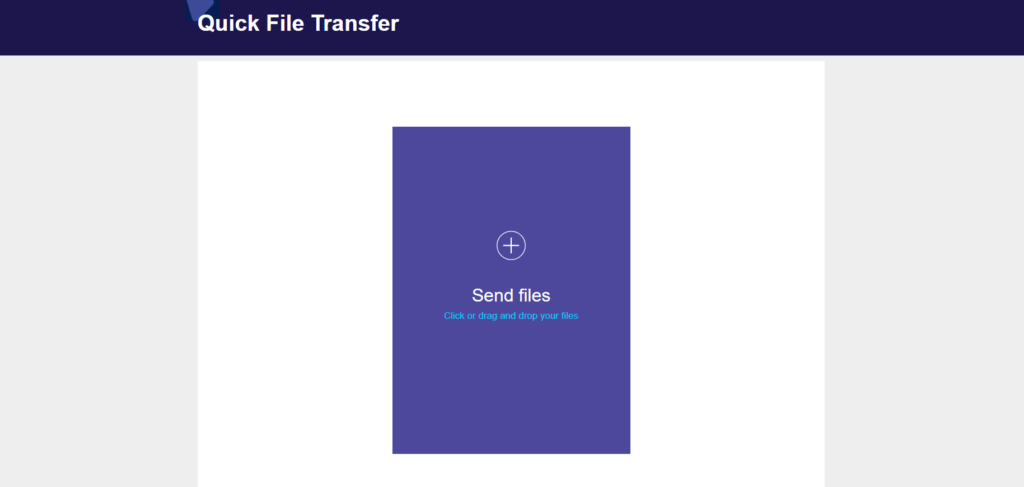
3. Dropbox
Dropbox offers a user-friendly interface and provides 2GB of free storage for new users.- You can easily share large files by creating a shareable link or sending an invitation to the recipient’s email.- Dropbox also provides options to sync files across different devices for easy access.
4. Microsoft OneDrive
With a Microsoft account, you can access 5GB of free storage on OneDrive.- Large files can be uploaded to OneDrive, and links can be generated to share with others.- OneDrive integrates seamlessly with Microsoft Office applications, allowing for collaboration on documents.
Here’s a quick table comparing the storage capacity and additional features of these popular cloud storage services:
| Service | Free Storage | Collaboration Features |
|---|---|---|
| Google Drive | 15GB | Yes |
| Megadisk | 10GB | Yes |
| Dropbox | 2GB | Yes |
| OneDrive | 5GB | Yes |
Cloud storage services provide a convenient and efficient way to send large files via email. By utilizing these services, you can easily overcome the limitations of attachment sizes and ensure smooth file transfers. So next time you need to share a large file, consider using a cloud storage service to simplify the process.
Also, read Secure cloud storage for personal use to learn about some of the best and most secure cloud storage options for personal users.
File Transfer Services
Another option to transfer large files via email is to use file transfer services. These services make it easy to send large files securely and efficiently. To use them, you can simply upload your files to a server and get a shareable link to share with the recipient.
Here are the steps to share large files via email using file transfer services:
- Choose a file transfer service: There are several popular file transfer services available, such as Megadisk, Dropbox, Google Drive, WeTransfer, and SendSpace. Each service has its own features and limitations, so it’s essential to choose one that meets your needs.
- Sign up and create an account: Most file transfer services require you to create an account before you can start using their services. Signing up is usually free and straightforward.
- Upload your files: Once you have signed in to your account, you can start uploading your large files. Some services allow you to drag and drop files directly from your computer, while others may require you to navigate through your files manually.
- Generate a sharing link: After your files have finished uploading, the file transfer service will provide you with a link that you can share with the recipient. This link will allow them to access and download the files.
- Share the link: You can send the link to the recipient via email, instant messaging apps, or any other method you prefer. The recipient can click on the link to download the files to their device.
Comparison of popular file transfer services
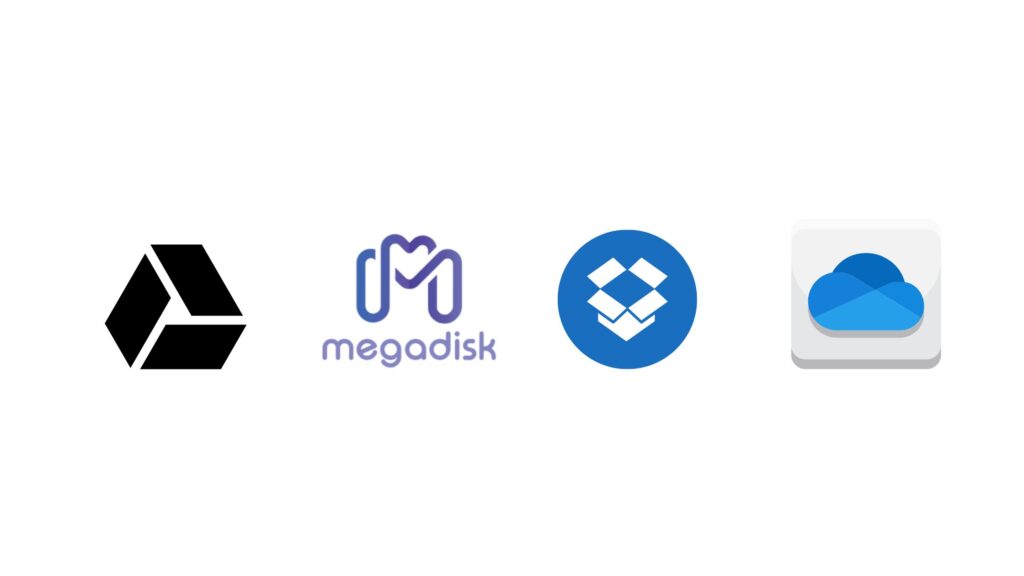
Here’s a quick comparison of some popular file transfer services:
| File Transfer Service | Maximum File Size | Free Storage Space | Price (for additional storage) |
|---|---|---|---|
| Megadisk | Undefined (No Limits So Far) | 10GB | Starts at €0.49/month for 50 GB, €3.99/month for 1TB |
| Dropbox | 50GB (with a paid account) | 2GB (with a free account) | Starts at $9.99/month for 2TB |
| Google Drive | 5TB | 15GB | Starts at $1.99/month for 100GB |
| WeTransfer | 2GB | Depends on the plan | Starts at $12/month for 500GB |
| SendSpace | 300MB | Depends on the plan | Starts at $4.99/month for 50GB |
Each file transfer service has its own strengths and limitations, so it’s essential to consider factors such as file size, storage space, and pricing when choosing a service.
In conclusion, file transfer services provide a convenient and efficient way to send large files. By following the steps above and choosing the right service for your needs, you can easily share your files with others without the limitations of email attachments.
How to Send Large Files via Email using FTP
One of the most reliable and commonly used methods to send huge files via email is FTP, or File Transfer Protocol.
What is FTP and how to use it for sending large files
FTP is a standard network protocol that allows for the transfer of files between computers over a network. It provides a more efficient and secure way to send large files compared to email attachments. To use FTP for sending large files, follow these steps:
- Set up an FTP server or use one provided by a third-party service.
- Upload the file you want to send to the FTP server.
- Share the file’s download link with the recipient via email or other means.
- The recipient can then download the file using an FTP client or web browser.
Using FTP ensures that your large file is securely transferred to the recipient without getting blocked by email size limitations.
Benefits and limitations of FTP
Benefits:
- Allows for the transfer of large files without file size restrictions.
- Provides a more secure method for file transfer compared to email attachments.
- Offers faster download and upload speeds compared to email.
Limitations:
- Requires both the sender and recipient to have access to an FTP server.
- May require technical knowledge to set up and use an FTP server.
- Files uploaded to an FTP server are not encrypted by default, so additional security measures may be necessary.
FTP is a reliable and efficient method for sending large files that surpass email size limits. By utilizing FTP, you can ensure that your files are securely transferred without any issues.
File Compression
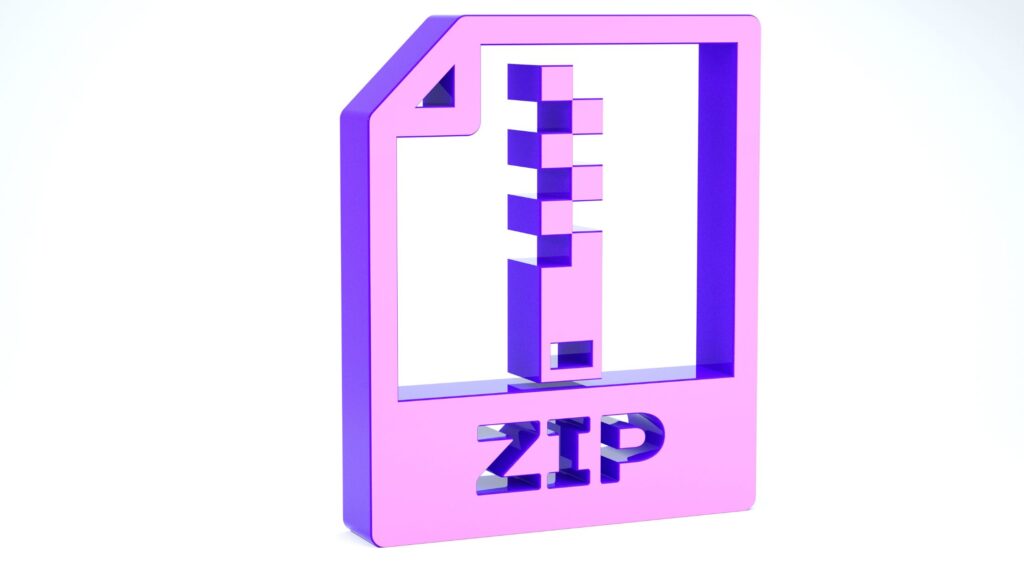
When it comes to sending large files via email, file compression is a handy technique that can help reduce the file size and make it easier to send. Here are some advantages of file compression and a few recommended file compression software options.
Advantages of file compression:
- Reduced file size: Compressing files can significantly reduce their size, allowing them to be sent more quickly and easily.
- Faster upload and download times: Smaller file sizes mean faster upload and download times, saving you time and improving efficiency.
- Easier storage: Compressed files take up less space, making it easier to store and organize your files.
- Email size limitations: File compression helps overcome email size limitations imposed by email providers, enabling you to send larger files.
Recommended file compression software:
- WinRAR: WinRAR is a popular file compression software that offers high compression ratios and supports a wide range of file formats. It also provides encryption capabilities for added security.
- 7-Zip: 7-Zip is a free and open-source file compression software that supports various compression algorithms. It has a simple and intuitive user interface and is compatible with multiple platforms.
- WinZip: WinZip is a well-known file compression software that offers a user-friendly interface and a wide range of compression options. It also provides additional features like file encryption and cloud storage integration.
By using file compression and the recommended software, sending large files via email becomes a hassle-free process. Remember to choose the right software that suits your needs and offers the desired level of compression and security.
Summing Up
To summarize, there are a variety of ways to transfer large files via email. These include; cloud storage services such as Megadisk and Google Drive, file transfer services, FTP, and file compression. You can use either one of these based on what meets your requirements.

